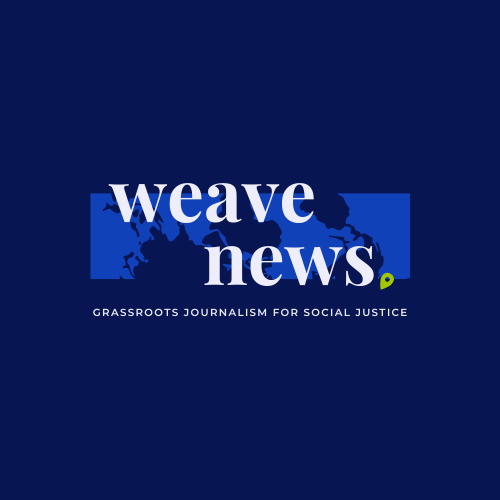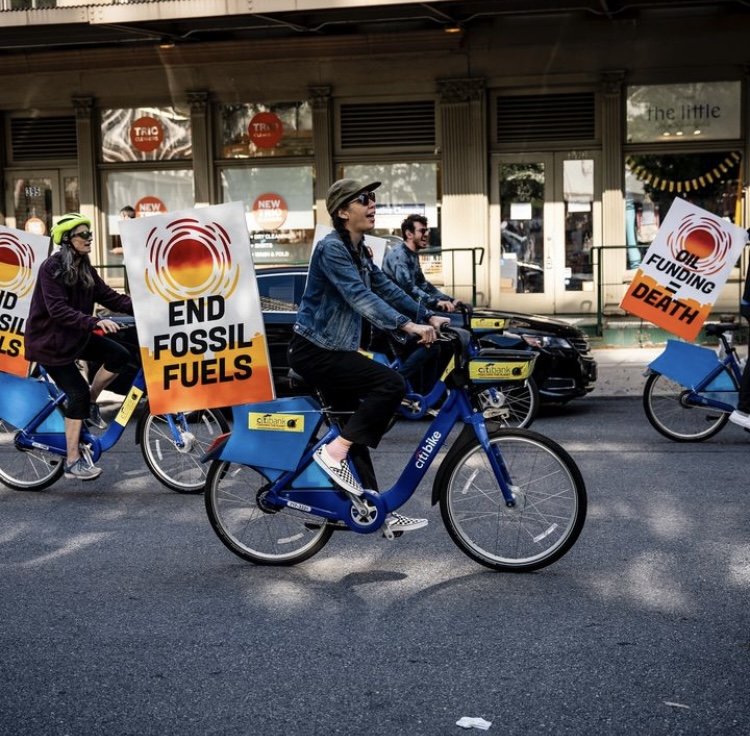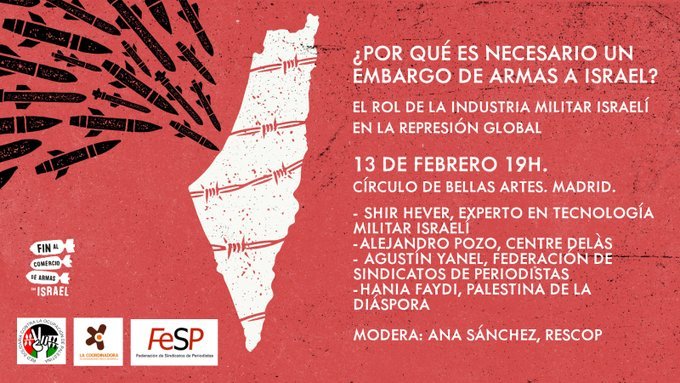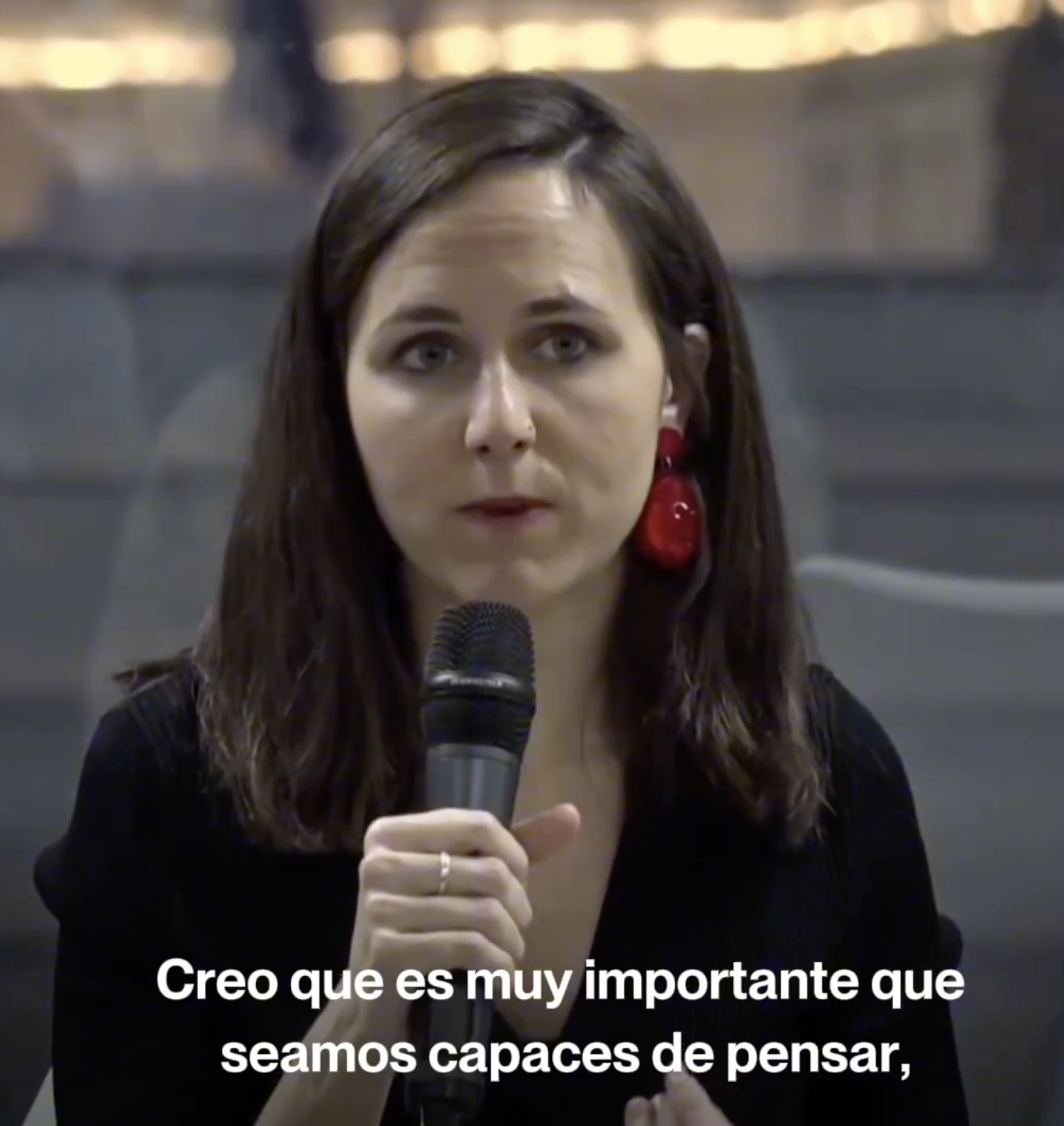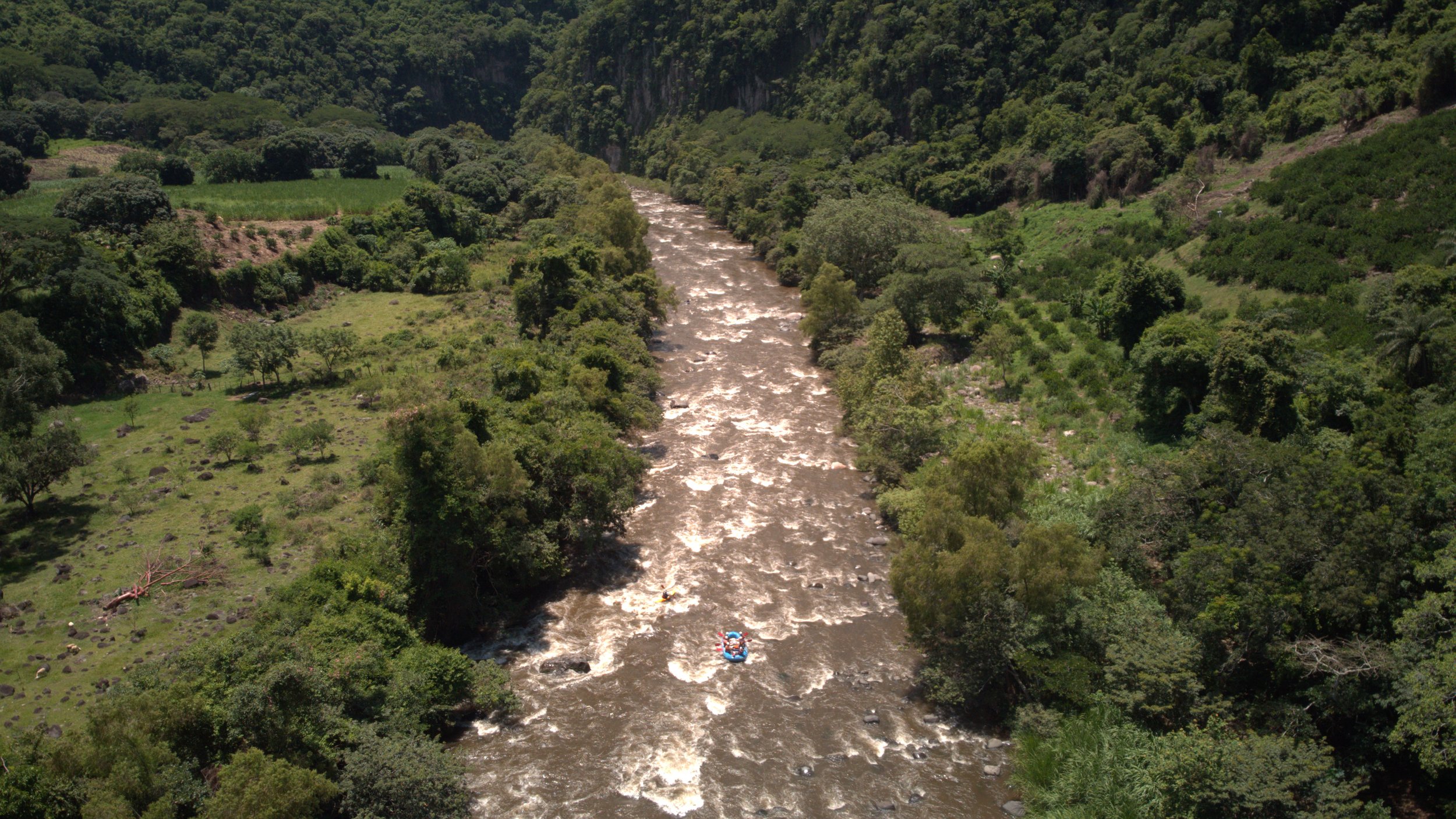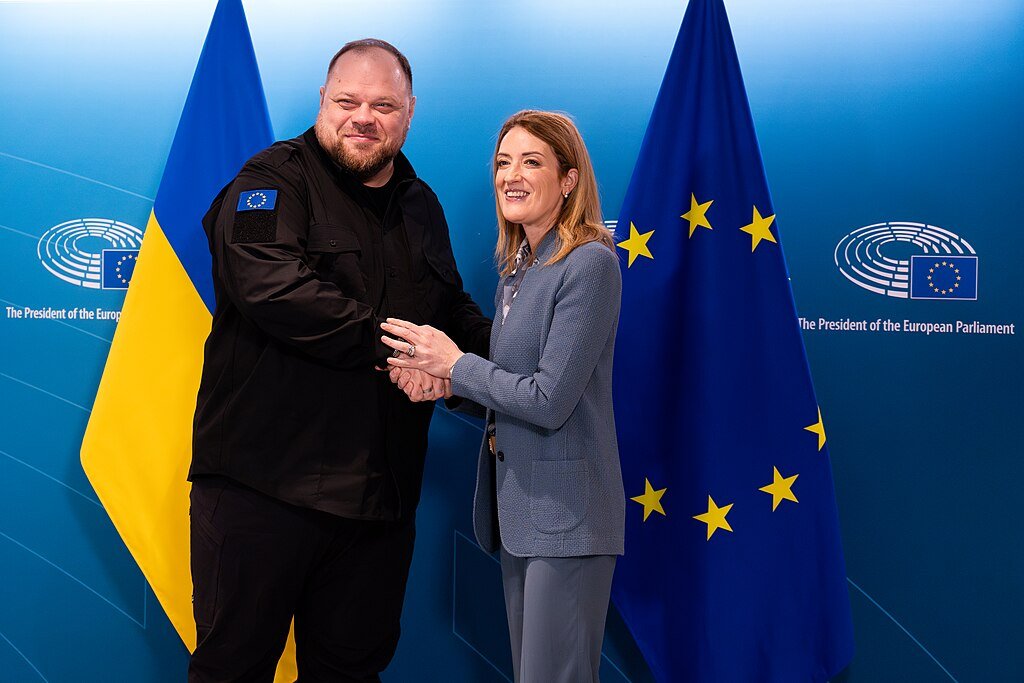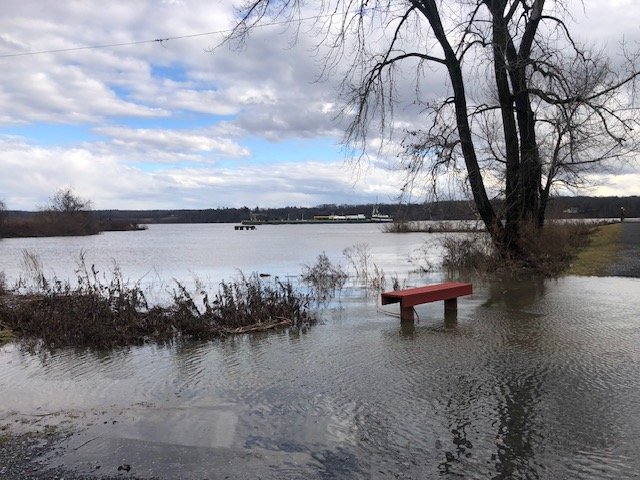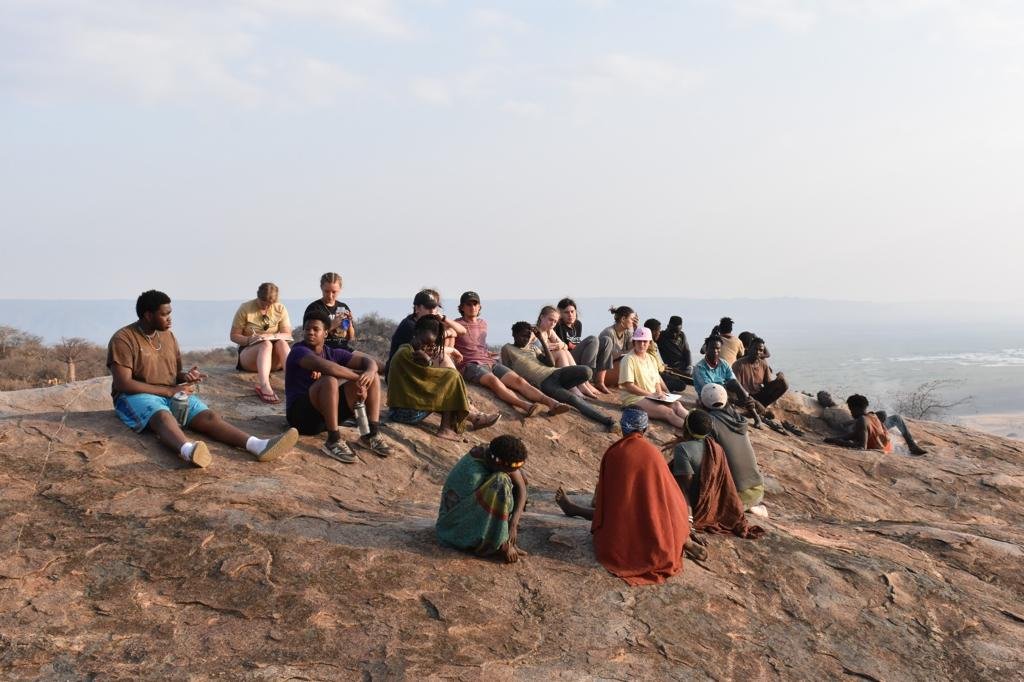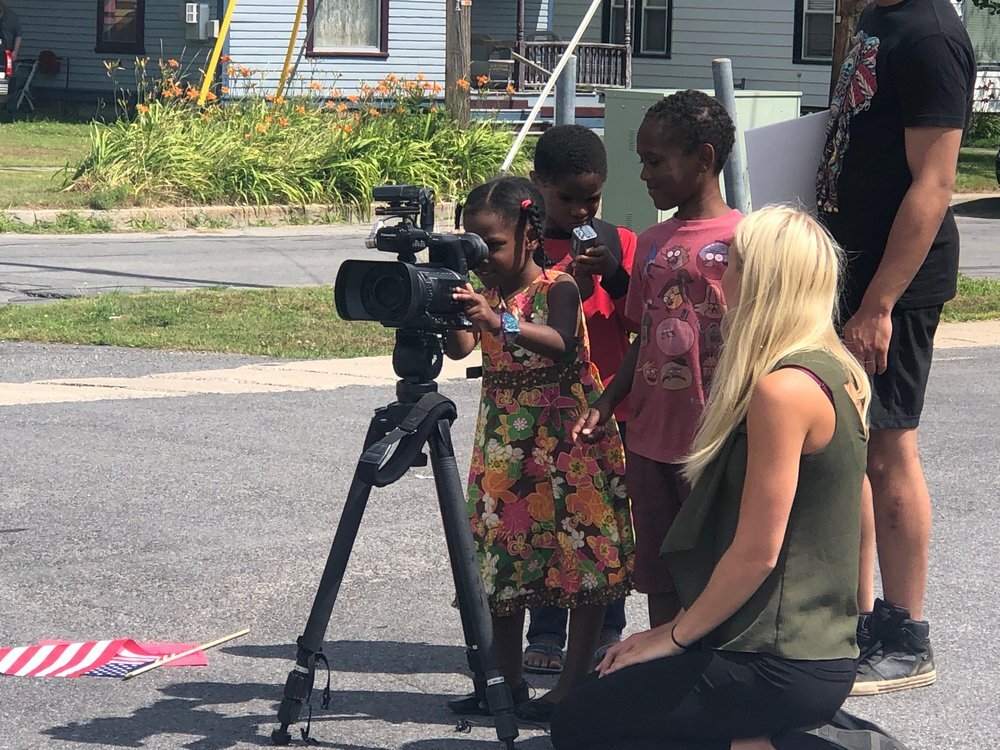
Stories
News

Analysis
Voices
Podcast
Announcements
Events
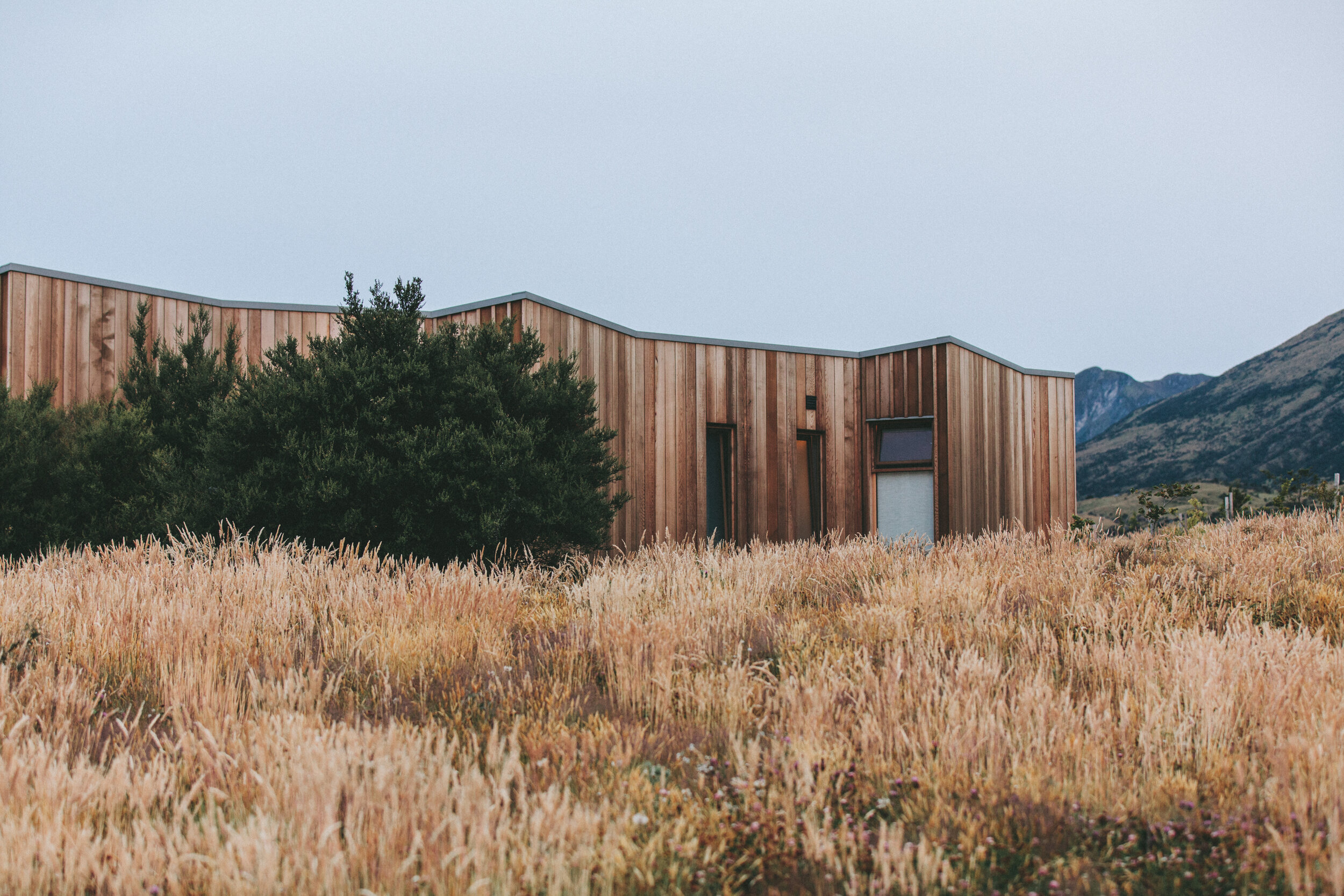
All Stories
Jim Crow on Campus, Episode 3: “Dashawn and Andre”
By Erin Corbine
Investigative reporter Erin Corbine uncovers the story of Dashawn and Andre in episode 3 of Jim Crow on Campus. In the episode, rising sophomore Dashawn and SUNY Canton alum/former employee Andre, recount an experience with University Police that started with a haircut, but ended with two young men of color in handcuffs.
Solidarity in Boston to Resist the Raids
By Nicole Eigbrett
More than sixty musicians, activists, and supporters convened today at the U.S. Immigration and Customs Enforcement (ICE) Suffolk County Immigration Detention Justice Center in a display of solidarity with immigrants detained at the County Jail. Weave News reporter Nicole Eigbrett was there.
'Casa Nostra Casa Vostra': Supporting Immigrants and Coexistence in Catalonia
By William Hunt
At a time when the Trump administration's anti-immigrant rhetoric and actions are capturing most of the oxygen in the U.S. news ecosystem, Weave News contributor William Hunt calls our attention to a very different dynamic: the strong pro-immigrant feeling that is increasingly visible in Catalonia.
Interweaving: NCPR's David Sommerstein on Migrant Dairy Farm Workers in the North Country
By Julianne DeGuardi
As part of her ongoing research into the story of migrant farm workers in the North Country dairy industry, Weave News reporter Julianne DeGuardi spoke with another local reporter who has done extensive work on the topic: David Sommerstein of North Country Public Radio (NCPR). Enjoy the latest installment in our Interweaving series!
Border Film Week 2017: How Will You Use Your Mobility?
By Savannah Crowley
As part of our ongoing Weaving the Streets project, Weave News correspondent Savannah Crowley checks in from San Diego, CA, which recently co-hosted the 2017 Border Film Festival. For more of her work, check out her earlier post, “Get Up Offa That Thing!” Showing Up for Justice in San Diego.
Rally for Justice: February 9, 2017, Buffalo, NY
By Steve Peraza
Follow-up to our earlier report from Steve Peraza: On Thursday evening, community leaders shut down traffic in downtown Buffalo at a rally protesting the death of Wardel “Meech” Davis, an unarmed black man who died in police custody the night of February 7th. Here are some of the sights and sounds.
Jim Crow on Campus, Episode 2: "Ashley"
By Erin Corbine
In this episode of Jim Crow on Campus, reporter Erin Corbine sits down with “Ashley.” Ashley, who’s using an alias out of fear of retaliation from police and the administration, is a senior at SUNY Canton. She sheds light on her experiences involving University Police. In this episode, we gain insight into the officers’ strategic circumvention of the Fourth Amendment - the freedom from unreasonable search and seizure.
Canton, NY hosts "No to the Ban, Yes to Solidarity" rally
By John Collins
On a day when major cities across the United States saw large rallies and protests against President Donald Trump's Executive Order on immigration, Weave News was on hand to provide exclusive live coverage of a rally that took place in the small town of Canton, NY. Located less than 30 minutes from the Canadian border in northern NY state, Canton has a population of roughly 6,000 people. Yet its rally, which attracted some 300 local residents, garnered national attention when it was listed in an article on ThinkProgress and featured on an MSNBC map of major protest actions.
Jim Crow on Campus, Episode 1: "Tyreek"
By Christian Exoo
In the first episode of the new Jim Crow on Campus podcast series, reporter Erin Corbine talks to student Tyreek Alicea about his experiences with the SUNY Canton police. We learn what additional powers SUNY Canton police have over students, how they use them, what a “module” is, and Tyreek’s tips for not attracting the attention of the cops.
Changing Times: North Country Dairy Farmers Tell Their Stories
By Julianne DeGuardi
While conducting this research on the history of the North Country dairy industry, I contacted Traditional Arts in Upstate New York (TAUNY), a local non-profit organization based in Canton, NY. TAUNY developed an exhibit in 2013 entitled Dairy Farm Workers in Northern New York, which consisted of several recorded and transcribed interviews with dairy farmers throughout St. Lawrence County and with some Hispanic migrant workers, as well as several photos of the farms that depict various aspects of farm life and work. In this particular post I will be referencing some of the interviews with the farmers to share their experiences and perspectives on the aforementioned changes within the North Country dairy industry over the last thirty years. I will be referencing the transcribed interviews with farmers from three different dairy farms in St. Lawrence County: Decker Farm, Adon Farm, and Andrews Farm.
Silent Voice from Holot: Episodes 16-17 (Video)
By Osman Mohamed Ali
In the latest installments of the Silent Voice from Holot video series, Ali describes the process through which asylum seekers are summoned to and eventually released from the Holot detention facility. In Episode 17 he narrates his own final day in Holot and explains the cyclical process through which released detainees are replaced with others.
Migrant Workers in the North Country: Heightened Border Security, Heightened Invisibility
By Julianne DeGuardi
Since 9/11 Border Patrol regulations have been heightened significantly, which has placed the migrant workers in an increasingly vulnerable situation at the northern border. In 2001 there were about 340 Border Patrol agents in the US with 37 in NY; however, in 2014 there were 2,094 agents with 288 in NY. As result of such high border security, which I have witnessed myself this summer driving around the North Country, these migrant communities have become increasingly invisible, especially dairy farm workers because the majority are undocumented due to the lack of a visa program available for year-round workers.
Silent Voice From Holot: Episode 15 (Video)
By Osman Mohamed Ali
In the latest installment of the Silent Voice From Holot video series, our host Ali gives us an inside look at how the more than 3,000 asylum-seekers being held in the Holot detention facility keep their spirits up through athletic, educational, and other everyday activities.
Enjoy!
Black Lives Matter to Boston’s Places of Worship
By Raina K. Puels
In her latest post for our Weaving the Streets project, Raina Puels explores how some religious congregations in Boston are using public space to express support for Black Lives Matter.
My first week in Boston, I went to Newbury Street in Back Bay. I’d heard from friends it was a destination for those seeking high-end eateries and shopping, or those (like me) who wanted to people watch and laugh at dogs in strollers. It looked the part of a bougie, trendy place to shop: streets lined with big trees, brownstones, and men in suits opening and closing the doors for retail establishments with huge windows displaying slender mannequins clad in the latest fashions. In this commercial center, I didn’t expect to find support for Black Lives Matter. After all, when most people go shopping they’re concerned with finding a new pair of shoes or a suit that fits, not working to end violence against Black people.
The Pledge of Resistance in Buffalo, NY
By Steve Peraza
This article is the first contribution to Beyond Broken Windows, a new Weave News project that explores the impacts of the “broken windows” style of policing, which encourages police officers to use arrests and citations to regulate outward signs of disorder (like broken windows). The project will also examine reform initiatives and issue campaigns nationwide that seek to implement alternative styles of policing.
“Get Up Offa That Thing!”: Showing Up For Justice in San Diego
By Savannah Crowley
In her first contribution to our Weaving the Streets project, Savannah Crowley narrates the experience of participating in a public demonstration following the killing of Alfred Olango by police in El Cajon, CA. "We're tired, we're sick, we've seen tragedy, we're dealing with trauma. Sometimes it's hard to get up and get going," she writes. "I want to remind us to help each other along. We need to encourage each other."
Silent Voice From Holot: Episodes 12-14 (Video)
By Osman Mohamed Ali
In the latest installments of the Silent Voice From Holot video series, Ali provides more highlights from recent musical performances in Holot and also introduces us to more human rights activists who have been visiting the facility in recent days.
Migrant Workers in the North Country: A Shifting Demographic Behind Closed Doors
By Julianne DeGuardi
Weave News contributor Julianne DeGuardi is investigating the conditions facing migrant workers who help keep the dairy industry running smoothly in the North Country (northern New York state). In this introductory post, she describes how she has approached the process of digging into this often invisible topic.
Posters and Politics: A Report from Amman Design Week
By Bridget Ireland
Created by Wael Morcos of Lebanon, the poster to the left highlights an important characteristic of Jordanian culture in stunning simplicity. Surprisingly to many Westerners, English is very prevalent in a Jordanian’s everyday life. When I arrived in Amman, I was caught off guard by the amount of English present. Street signs, restaurant advertisements and storefronts almost always display both the Arabic and English names. Looking into the history, I have learned that the use of both languages is is in part due to the historical occupation by Great Britain until 1946. However, English is also becoming more popular in media, music and of course, art (check out Majed Mohamed Hasan Drbseh’s comments in this article from the International Journal of Scientific and Research Publications for more information on both languages in Jordan) for the general population. My initial impression of this poster was that the bold English text was targeting the Western world and urging English speakers to be aware of civil liberties. However the subtle and more graceful Arabic script suggests that it is a better representation of the blending of both languages in political life. This poster is a very accurate representation of life in Jordan, where a globalizing world has led to a need to advertise messages and communicate in both English and Arabic.





